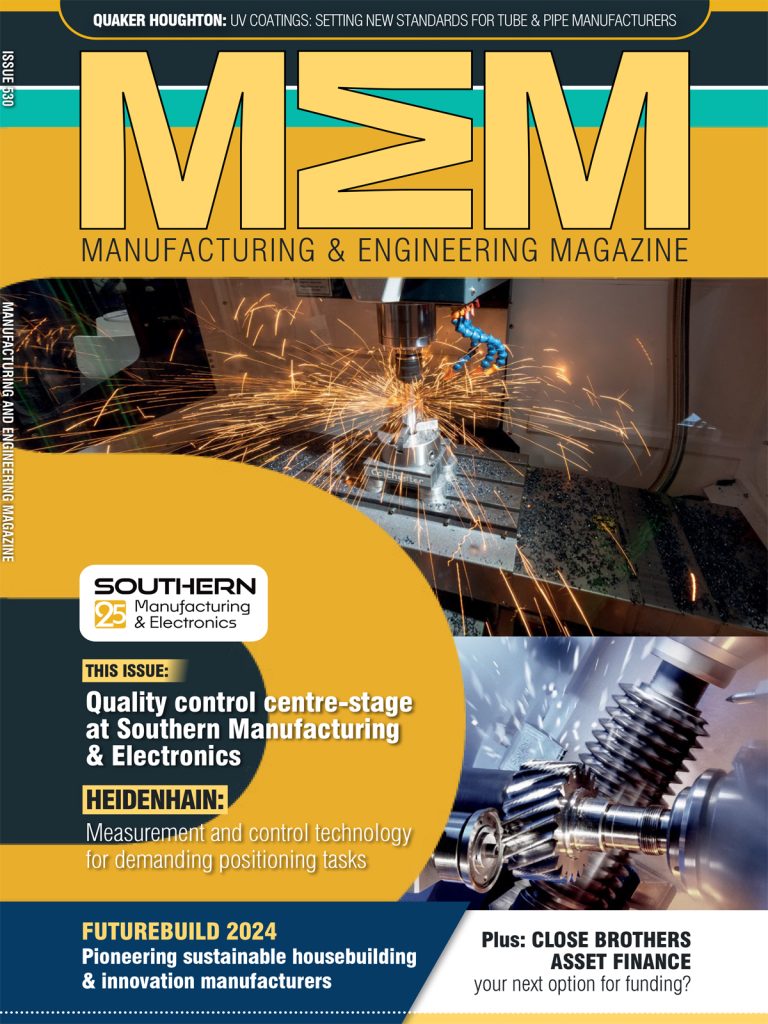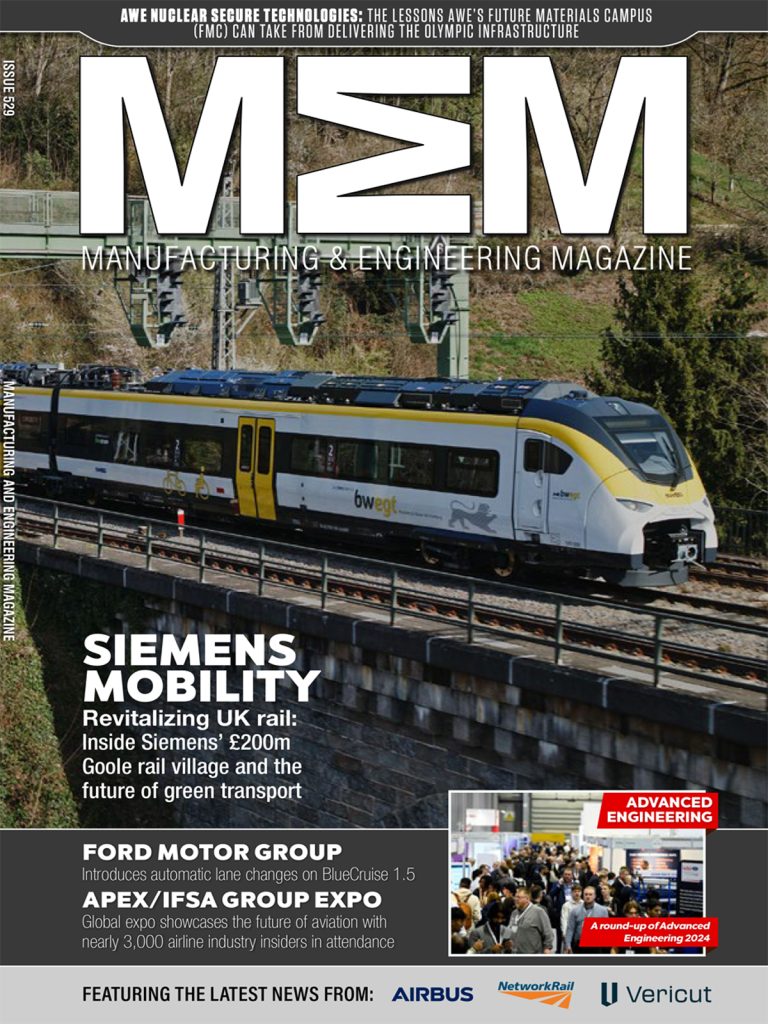What is TIG Welding?
The TIG welding process allows you to weld at very high quality, with precision, which is especially useful for demanding sectors such as aviation. Tungsten Inert Gas (TIG) welding, is an arc welding process that produces the weld by using a non-consumable tungsten electrode.
By using an inert gas such as argon or helium, TIG welding protects the arc flow and the weld pool from oxidising and contamination by pumping the inert gas down the rod, which then forms a protective layer around the weld pool. It creates a short circuit, or an arc, through electricity, between a non-consumable tungsten electrode which is a positive anode, and the metal being welded.
Unlike MIG welding, which uses a consumable wire electrode, TIG electrodes will not melt during the welding process, rather the arc melts the parent metal and a separate welding rod of filler metal which forms the weld bead and creates the weld.
When undertaking TIG welding there are a few key points to consider which we at Eng-weld will go over in this article.
Choosing the correct Tungsten Electrode
When TIG welding, the tungsten electrode is inserted into the torch itself. This is the electrode that carries the welding current down the length of the torch, there are a number of different alloys available, each of which come in various sizes to enable you to work with a range of metals.
You generally have Thoriated Tungsten, Pure Tungsten, and Zirconiated Tungsten. Each of these has a different amp rating, which again differs depending on the thickness of your electrode. When welding steel the most popular choice is the Thoriated Tungsten Electrode, while for aluminum the electrode of choice tends to be Zirconiated Tungsten.
The preparation of the electrode is just as important as the thickness and the material. If you do not grind it into the correct point and in the correct manner the arc will wander which will decrease the effectiveness of your weld. For a stable arc, your electrode should be straight ground down to a point.
Due to their higher melting point, Ceriated Tungsten is becoming more and more popular. It holds its point for longer, it is suitable for both AC and DC polarities and allows the welding amperages to be increased by 25% compared to pure tungsten of the same diameter.
Safety Equipment
When TIG welding, you should always make sure that you follow a few basic safety measures and precautions.
- Always wear a welding mask or welding helmet. The light generated by arc welding is incredibly bright, it is capable of burning your eyes in the same way that staring at the sun would. A good welding helmet is therefore an essential piece of eye protection, you should make sure that it is a good fit, as you want it comfortable in case you weld for long periods of time without the worry of it falling off. After the change in HSE welding checks came into effect, we recommend a PAPR (Powered Air Purifying Respirator) Helmet, these helmets not only protect your eyes but also your lungs, filtering out the fumes created by welding. Essentially they operate as a respirator, protecting the user by filtering out contaminants in the air and using a battery-powered blower to provide the user with a clean air supply through a tight-fitting respirator, a loose-fitting hood, or a helmet.
- Overalls and welding gloves are other critical pieces of kit. As the molten mettle and UV light comes off the arc, you could easily find yourself with one type of burn if not the other. Some people prefer to wear leather gloves or leather overalls, either way, the UV light will burn you fast so covering up is essential! Stay away from plastic fibres, as these melt on contact with molten metal.
- In a similar vein, you should ensure that your footwear is suitable, again, nothing synthetic as these will melt. The molten metal often falls straight down, so you do not want shoes that will melt! Leather welder safety boots if possible.
The Correct Way to Weld
Perhaps the most important skill when it comes to TIG welding is the manner in which you move the torch and the filler metal. Keeping controlled and steady movement is the correct technique, allowing the welder to keep the gap between the electrode and the base of the metal consistent. It requires a lot of practice to precisely control the arc length, to keep it as short as you can without allowing the electrode to touch either the base metal or filler rod.
Should you accidentally touch the electrode to the base metal or filler rod the electrode will likely become contaminated (more on that later). Once this happens the arc cone loses its precise shape, making it difficult or impossible to aim the arc with the precision that is required.
The angle of the torch to the base metal is equally important, allow yourself to see the puddle and provide access to the filler rod with an angle of around 15 degrees give or take. Once you go over 45 degrees you lose the coverage of the shielding gas, leading to contamination and the flatter angle also creates a weld pool that is longer than it is wide.
As you make the weld, there is a lot going on, the key is to control the angle and to control the filler rod, this is only achieved through constant minute adjustments with both hands.
How to achieve Precise Control
As we have just touched on above, precision adjustments are key when it comes to effective TIG welding. Having good support for your hands is one of the best ways to enable you to make these key, precision adjustments.
By supporting your hands, wrists, or both, you are able to move with the kind of precision that is necessary for precision welding of this kind. The use of metal or wooden blocks around your weld station can be of great use, while some people like to install special support bars in order to achieve their desired results.
If you need to do ‘out of position’ work, often you will find you achieve better results with makeshift support of some kind, even makeshift support can help you control your body in order to make the required adjustments during the weld.
Contaminated Electrodes
As we mentioned above, contaminated electrodes are not conducive to a clean and efficient weld. This being said, every welder will have, or will, contaminate their electrodes at some point. It is, however, essential that you replace a contaminated electrode immediately.
Now, TIG welding is a slow and time-consuming process anyway, so how do we mitigate the time lost for contaminated electrodes too? Just keep a few spare, pre-sharpened electrodes next to your bench, so you can easily and quickly switch them out, without having to grind them down each time.
____
Please visit the Engweld website for more information on TIG welding and for TIG welding consumables.
Manufacturing & Engineering Magazine | The Home of Manufacturing Industry News














